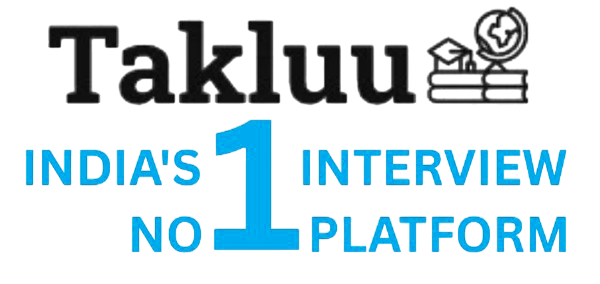Ques:- If I have to Automate an application developed in AJAX which tool (QTP,WinRunner)would be more useful.Does Load runner has a protocol to support AJAX.
Asked In :-
Ribbon Communications Inc, Motherson Sumi Infotech Design, MCAS, Techspawn solutions, WDS, COGNISOFT TECHNOLOGIES, Cyzerg, Vaayu, Realm, ManekTech - Ahmedabad,

